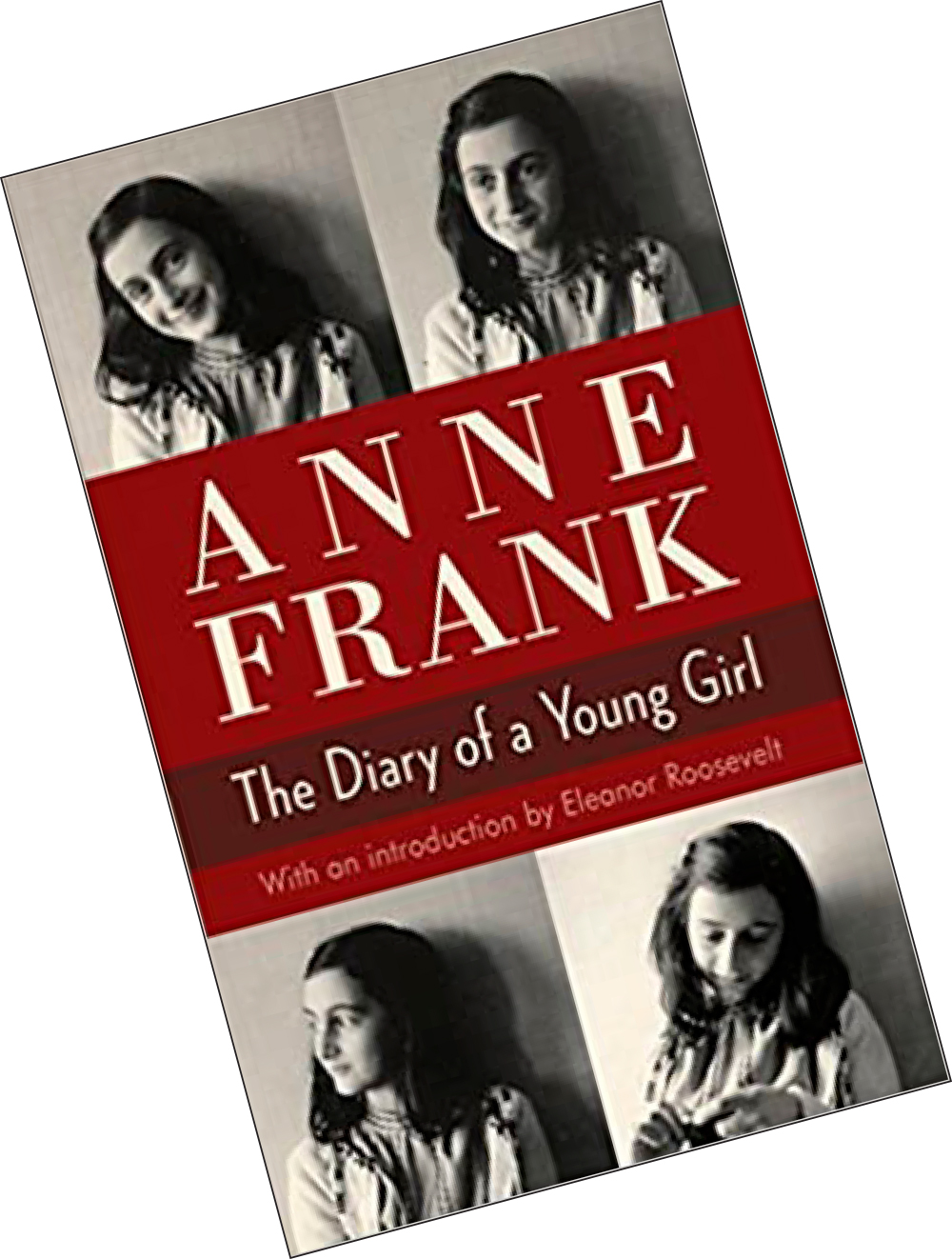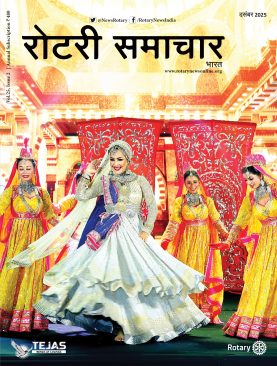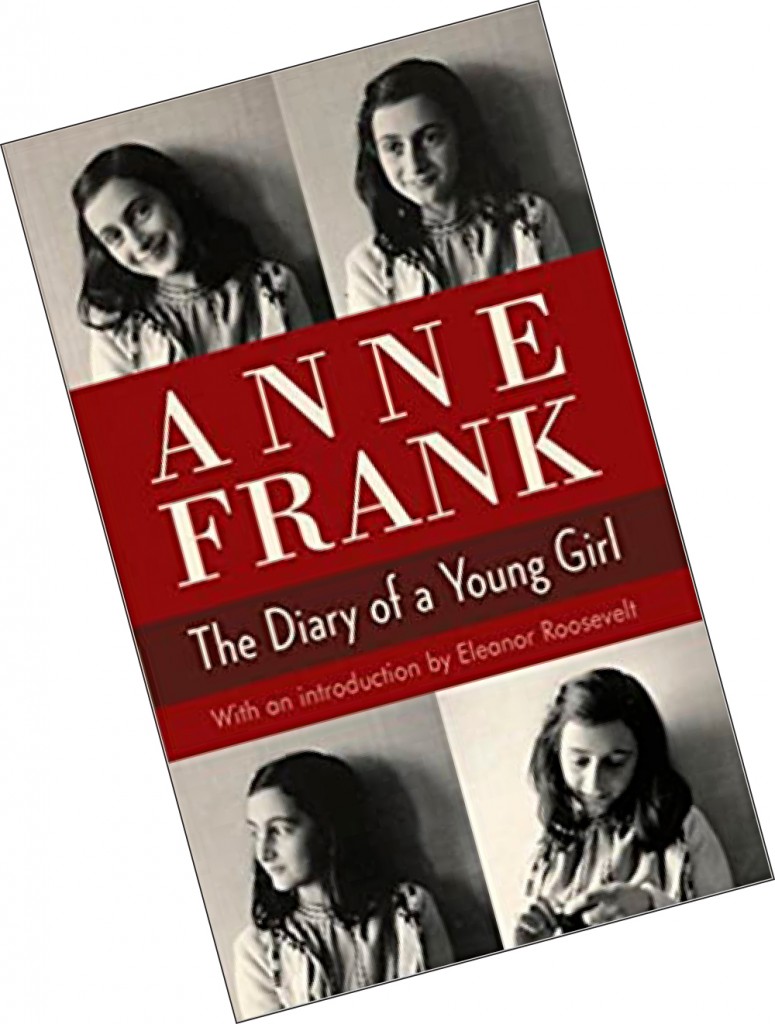

Every once in a while, comes time to revisit shelves overflowing with books, some read, mostly unread, purchased for various reasons: because the jacket looked inviting, because this is just the author I’m looking for, because it is highly recommended, and sometimes just on the whim of a mood on a particular day. Whatever the reason, the wheel invariably comes full circle and amid much heartbreak you choose what to keep and what not to keep. Some choices are easy to make. Many carry stories and memories on their backs and within their pages. Anyhow, to cut to the chase: that’s what I’ve been doing these last few weeks, clearing out my personal library and, in the process, unearthing some priceless reading material. The last-mentioned is the perfect new year gift for bookworms like us!
Among the books I recovered with a leap of the heart is a collection of abhangs, devotional songs in Marathi, written by women, and translated into English as The Ant Who Swallowed the Sun. The best part is that it has text in Marathi, a romanised transliteration, with translations in English by Neela Bhagwat and Jerry Pinto. Incidentally, the title refers to the song composed by Muktabai which begins, ‘Mungi udaali akaashi’. As is explained in the preface: ‘…I saw Muktabai as a little girl delicately picking up a black ant, closing one eye and watching as its thin black figure eclipsed the sun. Yes, it is a miracle of perspective. The very small can eclipse the inhumanly large…’ Such profundity in a simple observation — this is poetry!
Baraye by Shervin Hajipur is a song for freedom to live a normal, ordinary life. He created the song in the wake of the death of Mahsa Amin, arrested for not wearing the hijab properly.
The second treasure comes camouflaged by a banal title: The Land I Dream Of by Manisha Sobhrajani. As happens often, it was the tagline that was magnetic: The Story of Kashmir’s Women, clearly, voices crying to be heard. In a detailed introduction, the author lucidly lays out the context for the book. If at one time we harboured one kind of stereotypical image of Kashmir and Kashmiris, now, another kind of stereotyping prevails. The bubble burst for her, the author says, on her very first visit to the region in 2003, when she saw how the tug-of-war between India and Pakistan affected people: ‘For the women of Kashmir, the impact of this political tragedy has been doubly fatal; they have not just borne the wrath of the conflict, but they have also been treated as objects of use and amusement, both by militants as well as by Indian security forces. Azaadi (freedom) — both personal as well as political — has remained a distant dream.’

The third book is a recent purchase, published in 2022, that recommended itself thanks to its intriguing title —The Man Who Sold Air in the Holy Land by Omer Friedlander — and the fact that the short stories it contained concern people engendered by the long-entrenched Israeli-Palestinian conflict. The Jewish question, like the Kashmiri question now, has always been a subject of interest. The fact that so many have written variously on it has made it possible to explore it consistently over the years, beginning with The Diary of a Young Girl by Anne Frank which I read as an 11- or 12-year-old. On the very first page of the very first story, ‘Jaffa Oranges’, the narrator quotes a poem: ‘I’m always reminded of a poem by Yehuda Amichai when I think of my children and my grandchildren. It’s called “Eyes”, and I know it by heart. My eldest son’s eyes are like black figs for he was born at the end of the summer. And my youngest son’s eyes are clear like orange slices, for he was born in their season. And the eyes of my little daughter are round like the first grapes. And all are sweet in my worry. And the eyes of the Lord roam the earth and my eyes are always looking round my house. God’s in the eye business and the fruit business. I’m in the worry business.’
As I read one book, then the other, and the other, sometimes in between each other, it seemed as though there was a pattern emerging, a pattern of links and connections and similarities, a design that appeared to represent the notion of universality. I didn’t pay much heed to this pattern, apart from acknowledging it casually. And then I heard a song.

‘Baraye’ has gone viral on social media. It was performed and uploaded on YouTube by a young Iranian musician called Shervin Hajipour. He did it in the wake of the death of teenager Mahsa Amin in Tehran, arrested for not wearing the hijab properly. Hajipour was instantly snatched away by the Iranian authorities and the song was banned in Iran. He was subsequently released but listeners all over the world continue to listen to his plaintive cries of ‘Baraye azadi, azadi, azadi’… For freedom, freedom, freedom… It’s a simple song, a lament about everyday things such as dancing in the street, peace, the sun after a long dark night, air pollution, changing rotten minds, the shame of poverty, innocent dogs, the future of students, never-ending tears, smiling faces, Afghan kids, a girl who wished she was a boy… All we yearn for, Hajipour sings, is the freedom to live a normal, ordinary life, ‘Baraye hasrat-e yek zendegi-ye mamuli’. The song ends with an anthem-like call: ‘Baraye zan, zendegi, azadi, baraye azadi, baraye azadi, baraye azadi…’; for women, life, freedom, for freedom, for freedom, for freedom.
Somehow, in a strange, mysterious, serendipitous way, the song seemed to encapsulate all that these books were saying, about life, about desire, about oppression, about dreams, about hope, about faith, about the human condition. That’s what all expressions of art are, aren’t they, whether they are images or stories or paintings or films or songs…

Just when I was ruminating over all this, Gopi our magazine-wala dropped off Frontline magazine. In it was an article called ‘Do you hear the people sing?’ by Vijayta Mahendru. About ‘Baraye’! And lots more people’s songs, such as the Italian ‘Bella Ciao’ which began as a protest against the hardships of working in rice fields under cruel overseers and became an anti-oppression anthem. It even has a Punjabi version, but the story around the Turkish version, called ‘Bella Chav’ is fascinating. Of course, it was banned by the authorities. Two members of the band, Grup Yorum, that sang the song protested the ban by going on hunger strike; both died. A few days after the second death, ‘a curious incident happened in Izmir, a Turkish city. Instead of the regular azaan, or call for prayer, Grup Yorum’s version of “Bella Ciao” was played from several minarets of mosques across Izmir. A woman was later arrested for orchestrating this protest.’ The last line of the song, ‘Muerta per la Libertad’ means ‘to die for liberty’.
Closer home there’s ‘Hum dekhenge’, a poem written by Faiz Ahmed Faiz in 1979 when Zulfikar Ali Bhutto, former prime minister of Pakistan, was jailed, and eventually hanged, by the Zia ul-Haq dispensation. It was also, apparently, written in protest against Iran’s dictatorial monarchy. In 1996, the well-known Pakistani ghazal singer Iqbal Bano performed it to a packed audience, wearing sari, in an expression of double defiance — performing a protest song and defying the sari ban. It continues to be sung at protest rallies in India. Do you hear the words that connect us all?
The columnist is a children’s writer and senior journalist.






